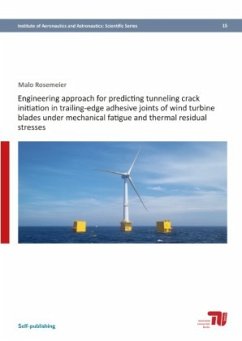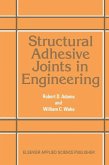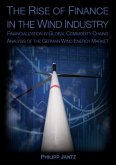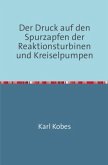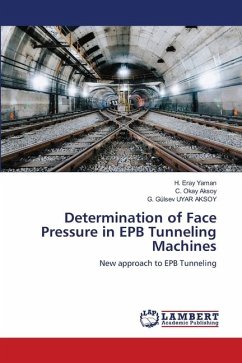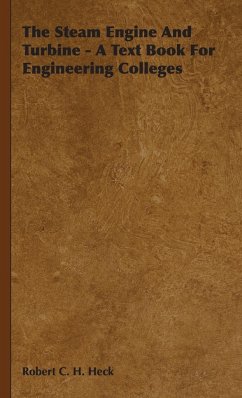Tunneling cracks in the adhesive layer of the trailing-edge joint can be initiated early in the lifetime of a wind turbine blade. Two major types of loads affect the crack initiation: thermal residual stresses that develop during manufacture, and mechanical stresses due to operating loads. Although giving consideration solely to the longitudinal stress component, which contributes mainly to the fatigue, is state-of-the-art, the current design guideline encourages designers to also take account of other stress components, i.e., peel and shear stresses. Hence, this research investigates the impact of the multi-axial stress state due to cyclic loading on the tunneling crack initiation in order to develop an engineering approach for predicting the number of load cycles toward crack initiation. The validity of the approach was proved in a cyclic full-scale test through the good agreement between the prediction of the approach parametrized with simulated test loads and observations on crack initiation made during the cyclic test. The thermal residual stress at the inner adhesive edge dominated the crack initiation.

